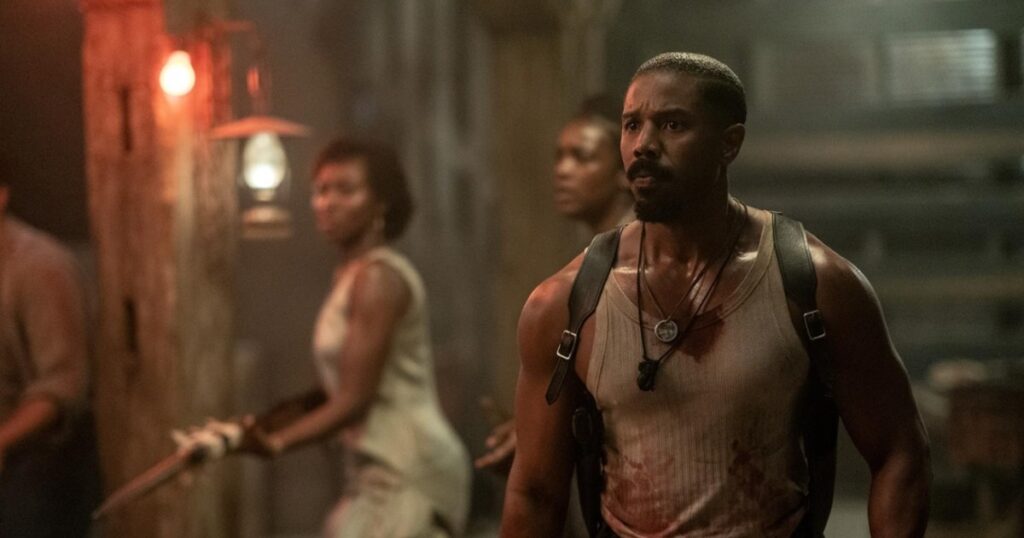Michael B. Jordan’s Sinners isn’t a typical supernatural horror flick because it incorporates a rule—the undead can’t enter a house except invited. This doesn’t appear to be a random element, because it performs a vital function within the movie’s suspense and storytelling, leaving followers questioning the rationale behind it.
Right here’s a lowdown on why the vampires in Ryan Coogler’s newest film, Sinners, have to be invited in.
Right here’s why the Vampires in Sinners have to be invited inside
The concept vampires have to be invited inside seems to be rooted in folklore and popular culture. From Dracula to The Vampire Diaries, this rule appears to have been a staple of vampire mythology, and Sinners embraces it as properly.
Early within the film, Jack O’Connell’s vampire, Remmick, approaches a home the place Joan and Bert keep. Regardless of his menacing presence, he can’t cross the brink till they unknowingly invite him in—a second that seals their destiny. Later, when Remmick and his clan arrive at Smoke and Stack’s juke joint, the brothers’ refusal to allow them to in retains the vampires at bay.
The rule is defined by Annie, who warns the group that vampires can’t enter except somebody inside provides them permission. This makes the scene the place Grace shouts for them to come back in all of the extra terrifying, as a result of as soon as the phrases are spoken, the true horror begins.
Whereas Sinners follows conventional vampire guidelines—corresponding to their weak point to daylight, garlic, and picket stakes—the invitation trope heightens suspense. Moreover, the necessity for an invite by vampires in Sinners turns into greater than a easy plot machine. It displays broader themes of consent, belief, and belonging. As Coogler advised Variety, “Our vampire needed to be in dialog with these themes: the idea of household and group. It wasn’t sufficient for him to only need to chunk somebody’s neck.”
